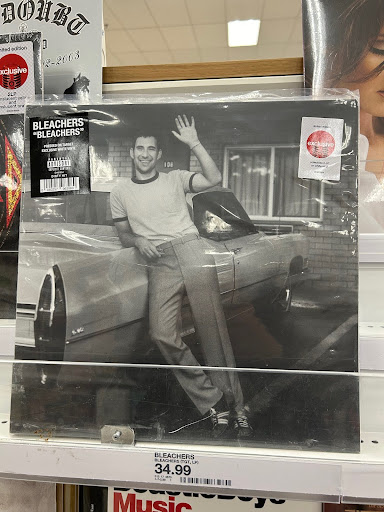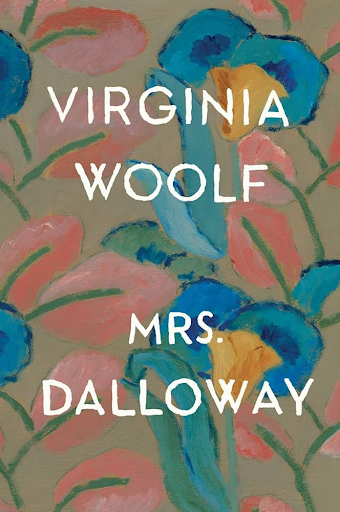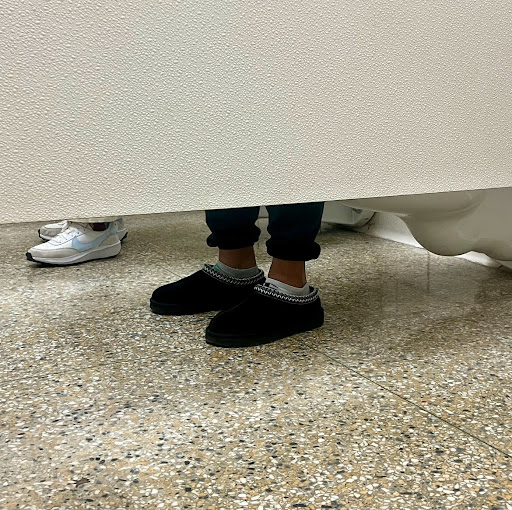**Disclaimer** I am not in any way a professional and have acquired most of my knowledge via various videos and articles. Graphology itself is considered a pseudoscience and is rooted in inferences as handwriting can change based on different scenarios and mental states.
From the popularity of ENFP personality types, true colors and type A vs. type B personality to Buzzfeed quizzes, it is clear that society is obsessed with discovering more about their own personalities.
Graphology, coined in 1897 by Jean-Hippolyte Michon, is the analysis of handwriting in order to determine various personality traits and aspects of the writer’s mentality. While graphology doesn’t give a totally accurate depiction of a person’s personality, it does offer interesting insight into something that is so deeply ingrained in people.
Slants and emotionality
While a slight forward slant is normal, a noticeable forward slant can mean that someone doesn’t hold their emotions back and has an easier time empathizing with others. However, an extreme forward slant can indicate impulsivity and a penchant for oversharing. On the other hand, a backward slant can mean that a person handles emotion poorly, or isn’t as in tune with their emotions. Lastly, someone whose writing is straight up and down means that they think more logically, they are good at handling their emotions, and can remain collected in a majority of scenarios.

Zones
Zones are some of the most important indicators in graphology. There are three zones: upper, middle and lower. Many graphologists believe that these zones correlate to the future, present and past or the superego (self-critical consciousness), ego (mediator), and ID (impulses) respectively. The zone that you write in is the biggest indicator of what you value in life.
Having a large upper zone (future or superego), usually means that a person thinks a lot. They space out a lot, and have creative hobbies and big future aspirations or goals. Big upper zones correlate to being slightly disconnected from reality, with a head-in-the-clouds sort of mentality.
Large middle zones (present or ego), are also known as student writing zones. Many students write in the middle zone as it usually correlates to being stuck in the present without being able to think deeply about the future or the past. Constant note-taking and studying also contribute to this. Middle zones also relate to having good interpersonal relationships and day-to-day communication.

Lastly, large lower zones (past or ID), mean that a person has a large focus on material possessions. They tend to be more selfish, and ambitious and think a lot about what they could’ve done in the past to make the present more pleasurable. Having giant hooks on letters like lowercase ‘y’s’ and ‘g’s’ can relate to dissatisfaction with current life, while having hooks on the ends of those letters (also known as the felon’s claw) can represent a deep-rooted guilt.

Baselines
The baseline that you write on can also tell a lot about you. Having a wavy baseline can mean that you don’t really know what you are doing, you may be indecisive or get confused easily. A straight baseline means that you are more responsible and make logical decisions more often. An extremely straight baseline, however, can represent tension, stress, and perfectionism. A baseline that ascends can mean that you have a more optimistic outlook on life, while a descending one would indicate pessimism.

‘T’ bars & ‘t’ bars
The height of ‘t’ bars (lowercase) can also represent your outlook on life, aka how high your confidence or self-esteem is or how high you set the bar for yourself. Upward tilts of ‘t’ bars represent optimism and downward tilts represent pessimism just like baselines. An overwhelming ‘T’ bar (uppercase) can mean that you have a worry or concern overshrouding your life.

Distance between words
The distance between words represents a person’s relationships with others. Smaller spaces between words indicate extroversion, closeness to others, and if taken to the extreme, overbearingness. On the other hand, big spaces between words indicate introversion and someone who might distance themselves from others. If taken to the extreme, it could indicate anxiety or paranoia.

Roundness and pressure
The roundness and pressure of your letters can represent your temper. Aggressiveness and low temperament are shown with spiky words and extreme pressure on the paper. Sharp crossing of ‘t’ bars can indicate frustration. Rounder letters with lighter pressure show that a person handles conflict well and has a higher temperament.

Style
Handwriting that consistently loops to connect words and letters (also known as garland writing) can mean that person is very friendly and is probably a team player. Threaded writing often means that a person’s brain moves too fast for their hand to follow, and it is often an indicator of high intelligence.
Print writing as opposed to the previous three writing styles is a big indicator of your generation. While older generations tend to write in a garland or thread style, younger generations (because of a lack of cursive knowledge) tend to write in print. This style also indicates caution and intent with writing as well as less social adeptness.

Big and small handwriting
Big handwriting represents a big personality and extroverted traits. A person with big handwriting likes to make an impression on others. On the other hand, having small handwriting represents introversion and not wanting to take up as much space. Handwriting that gets smaller and smaller is often an indicator of anxiety.

Now, try analyzing your own handwriting, while these analysis tips might not fully describe you, it might give you a better understanding of some facets of your personality. As popular graphology YouTuber Leah Eckardt says, “Handwriting analysis describes what the writing would indicate, it doesn’t necessarily describe the writer.”


















